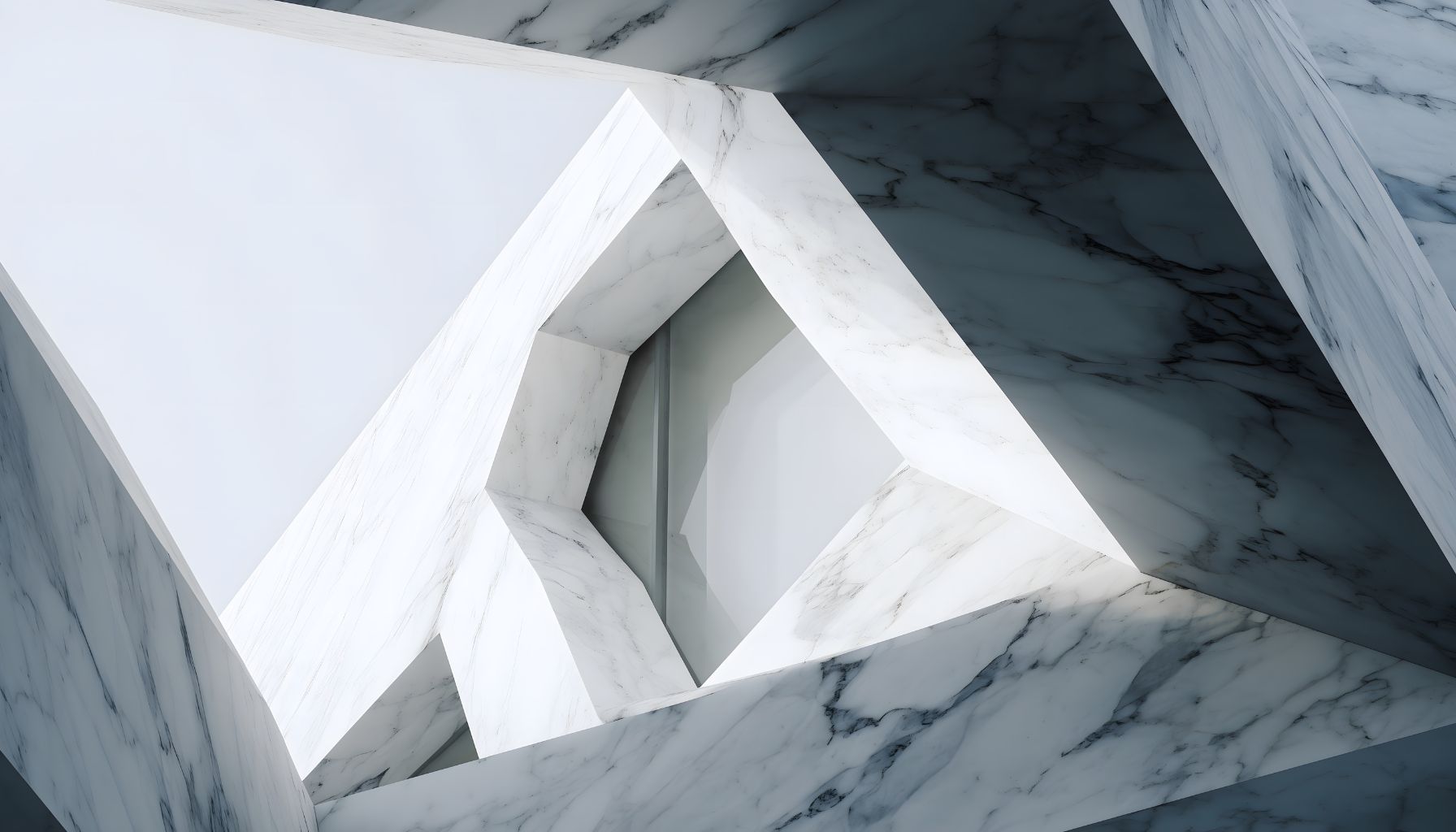The global shift toward sustainability has transformed every industry, including architecture and interior design. Today, architects, designers, and homeowners are seeking materials that offer durability, longevity, and reduced environmental impact. Among the many natural materials available, marble has emerged as a standout choice in sustainable architecture.
But why is marble often associated with luxury suddenly becoming a symbol of sustainability? The answer lies in its natural composition, longevity, recyclability, and low environmental footprint when compared to many synthetic materials.
In this detailed guide, we explore the key reasons why marble is gaining immense popularity in eco-conscious building and design.
1. Marble is a 100% Natural, Eco-Friendly Material
Unlike engineered products that rely on chemical resins, industrial processes, and synthetic fillers, marble is a naturally occurring stone formed over millions of years.
This makes it:
- Free of volatile organic compounds (VOCs)
- Safe for indoor air quality
- Non-toxic and chemical-free
- Naturally renewable through geological processes
In sustainable architecture, the goal is to minimize human intervention in manufacturing. Marble fits perfectly into this philosophy since it only requires quarrying, cutting, and finishing far less energy-intensive compared to producing ceramics, vitrified tiles, or engineered materials.
2. Exceptional Durability Reduces Long-Term Environmental Impact
One of the biggest contributors to environmental strain is frequent renovation and replacement. Many materials fade, chip, crack, or deteriorate over time, increasing waste and consumption.
Marble, on the other hand, is incredibly durable.
When properly maintained, marble floors, walls, countertops, and facades can last 50-100 years, sometimes even centuries. Many ancient structures built with marble still stand strong today.
This long lifespan leads to:
- Less waste generation
- Lower replacement frequency
- Reduced construction material consumption
- Greater structural sustainability
By choosing marble, architects ensure that buildings age gracefully without needing constant upgrades.
3. Marble Is Fully Recyclable and Reusable
One of the most overlooked advantages of marble in sustainable design is its high recyclability.
Marble can be:
- Repurposed into smaller slabs
- Reused as tiles, mosaics, or décor pieces
- Crushed into aggregates for landscaping
- Upcycled for restoration projects
Because it remains structurally strong even after decades, marble can be reintegrated into eco-friendly construction initiatives, reducing the need to extract or manufacture new materials.
Recyclability is a huge win in the circular economy model and is one of the reasons marble perfectly aligns with sustainable architectural practices.
4. Low Maintenance Requirements Make It Environmentally Responsible
Sustainability isn’t only about how materials are made; it’s also about how they’re maintained. Many flooring and wall materials require:
- Harsh chemical cleaners
- Frequent resealing
- Chemical-based polishes
Marble, on the other hand, can be maintained with:
- Mild cleaners
- Water-based solutions
- Occasional polishing
This reduces chemical discharge into the environment and ensures healthier indoor spaces.
5. Energy-Efficient Thermal Properties
Marble naturally absorbs and regulates heat, making it a smart choice for energy-efficient architecture. Its thermal properties help:
- Keep interiors cool in hot climates
- Reduce reliance on air conditioning
- Maintain comfortable temperatures naturally
This passive cooling effect significantly lowers the carbon footprint of a building, especially in tropical countries like India, where cooling expenses run high.
6. Timeless Aesthetic That Prevents Trend-Based Renovations
One of the biggest environmental issues in architecture is the culture of frequent redesigns driven by changing trends.
Marble, however, is timeless.
Whether it’s Italian Carrara, Statuario, exotic onyx, or dramatic bookmatched slabs, marble designs never go out of style. Its natural veining gives every slab a unique identity, making homes and commercial spaces visually evergreen.
This timeless appeal ensures:
- Fewer design changes over time
- Reduced demolition and reconstruction
- Sustainable longevity in aesthetics
7. Responsibly Sourced Marble Minimizes Environmental Impact
Globally, there is a strong shift toward ethical quarrying and responsible extraction. Leading Marble Companies in India follow environmentally safe quarrying practices that include:
- Controlled excavation
- Restoration of quarry sites
- Water recycling during processing
- Waste minimization
- Energy-efficient machinery
These sustainable measures ensure that natural stone can be extracted with minimal ecological disturbance.
8. Marble Supports Green Building Certifications
Marble contributes positively to certifications like:
- LEED (Leadership in Energy and Environmental Design)
- IGBC (Indian Green Building Council)
- GRIHA
Its natural composition, long lifespan, low maintenance requirements, and recyclability help buildings score higher on sustainability performance parameters.
Architects working on green-certified projects increasingly prefer marble because it checks multiple boxes required for eco-friendly construction.
9. Marble Performs Exceptionally Well in High-Use Environments
Spaces such as:
- Airports
- Hotels
- Shopping malls
- Commercial buildings
- Luxury residences
require materials that can withstand heavy foot traffic without deteriorating. Many synthetic materials degrade quickly, requiring frequent replacements.
Marble’s endurance in such spaces means less waste and a lower carbon footprint throughout the building’s lifecycle.
10. A Natural Material That Connects People With the Environment
Beyond physical sustainability, marble offers emotional and psychological benefits. Natural materials create a sense of warmth, grounding, and connection with nature, an important pillar of biophilic design, a major trend in sustainable architecture.
Marble contributes to:
- Healthier indoor environments
- Natural textures and aesthetics
- Improved wellbeing
- Greater design harmony
This makes it a favored choice among modern architects committed to holistic sustainability.
Conclusion
Marble is no longer seen only as a premium luxury material; it has become a pillar of sustainable architecture. Its natural formation, longevity, recyclability, non-toxic composition, and energy-efficient performance make it one of the most eco-friendly choices available today.
As the world continues to embrace environmentally responsible design, marble stands out as a material that offers both luxury and sustainability without compromise.


